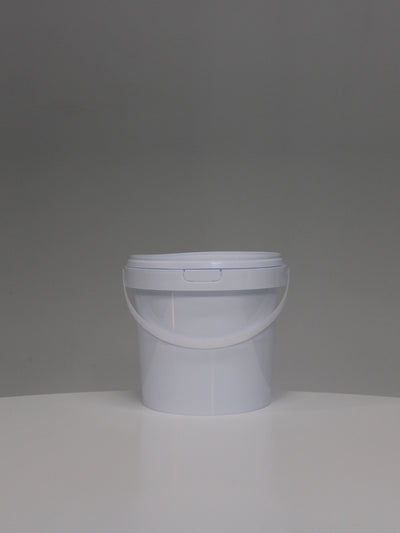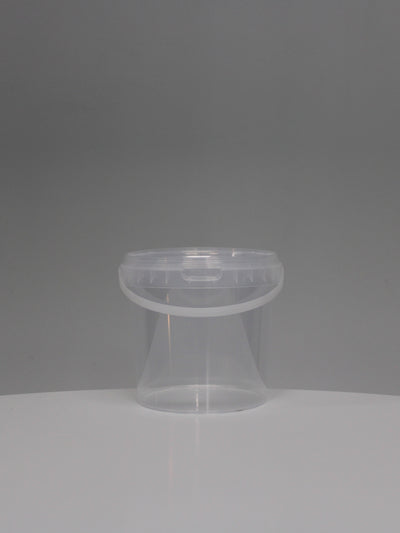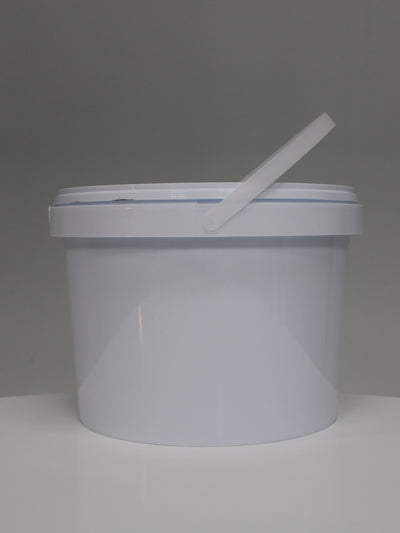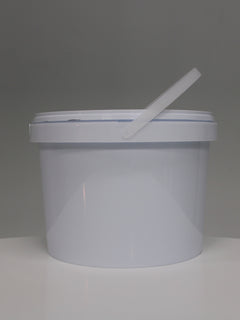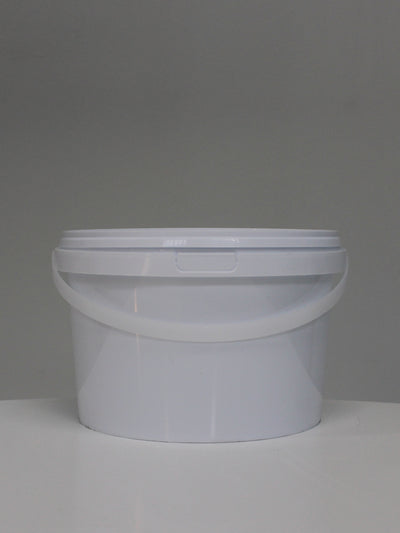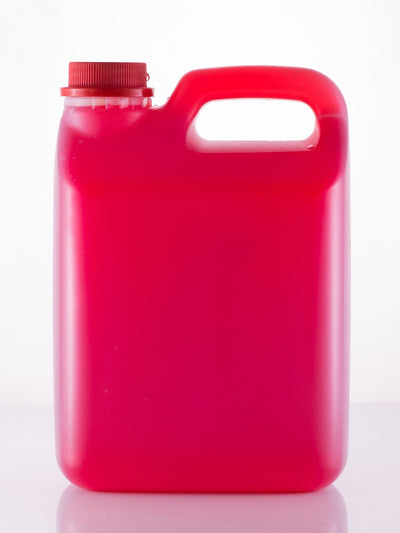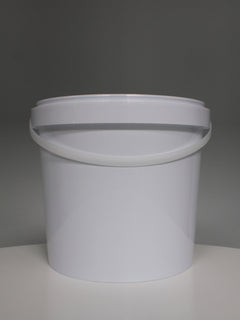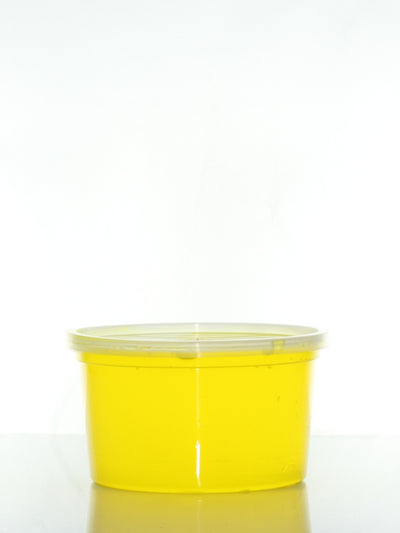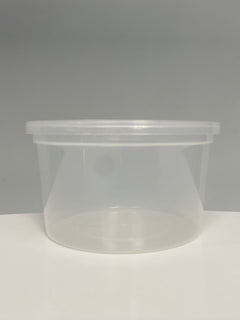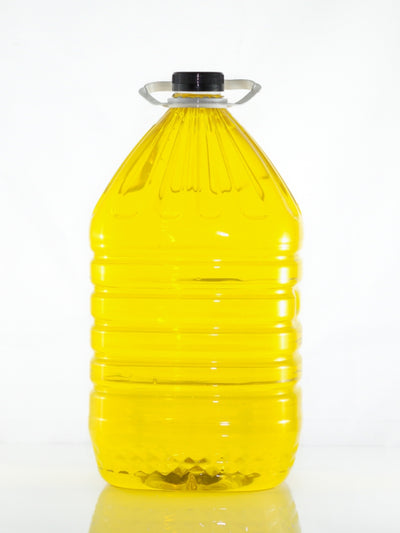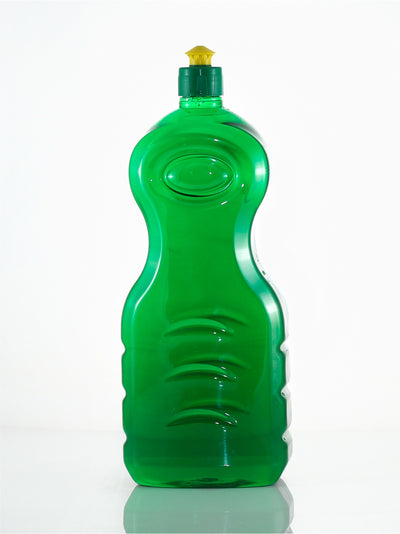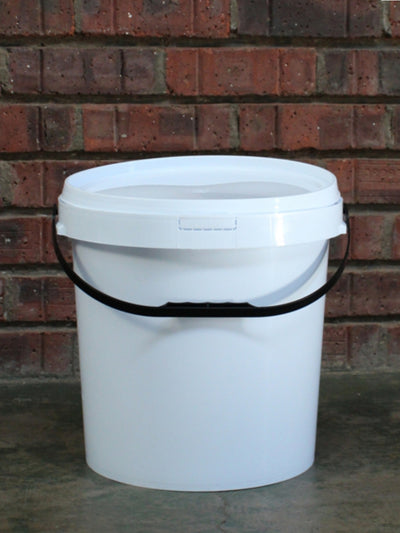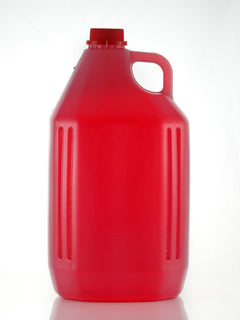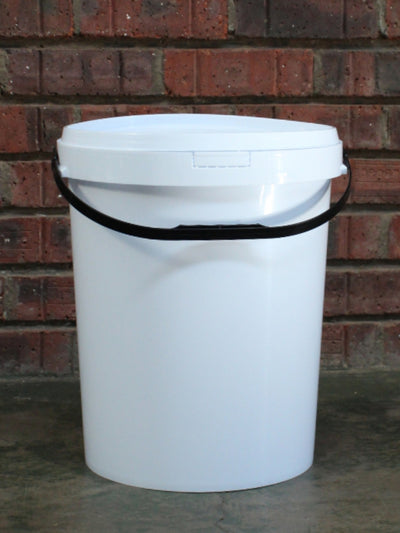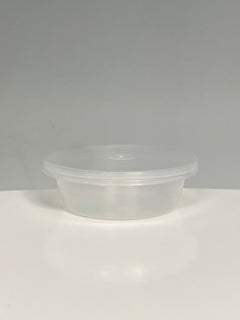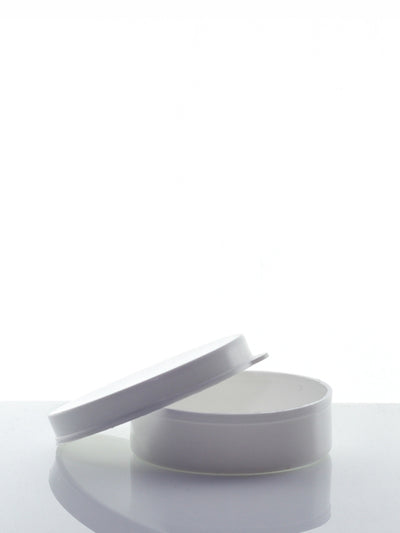The Importance of Using the Right Plastic Containers
Plastic containers have become essential in many industries due to their versatility, durability, and affordability. Whether used for food storage, industrial purposes, or cosmetic packaging, selecting the correct plastic container is crucial for ensuring both safety and practicality. As a consumer or business owner, understanding the diverse range of plastic containers available and their applications can significantly enhance your operations and improve product preservation.
What are Plastic Containers and Why Are They Important?
Plastic containers are versatile packaging solutions made from a range of materials, including PET, PVC, Polyethylene, and Polypropylene. These materials offer different benefits, such as strength, flexibility, and non-reactivity, making plastic containers suitable for industries ranging from food and pharmaceuticals to cosmetics and industrial packaging.
But why are plastic containers so widely used? The answer lies in their combination of cost-effectiveness and reliability. They provide airtight storage, protecting contents from contamination and degradation while remaining lightweight and easy to handle. This makes them a go-to choice for industries that require both efficiency and convenience.
Key Considerations When Choosing Plastic Containers
Selecting the right plastic container involves more than just choosing the right size. Different materials suit different purposes, and each type of plastic has unique properties that should be considered based on the intended application.
Material Selection: PET, PVC, Polyethylene, and Polypropylene
-
PET (Polyethylene Terephthalate): Often used for food and beverage packaging, PET is known for being lightweight, shatterproof, and transparent. It’s ideal for industries requiring visible product packaging, such as bottled water or other consumables.
-
PVC (Polyvinyl Chloride): PVC is more rigid and durable, making it suitable for industrial applications where the container must withstand heavy-duty use. It is commonly used in industries like household cleaning products and chemicals.
-
Polyethylene: This flexible material is available in both low-density (LDPE) and high-density (HDPE) forms. LDPE is soft and squeezable, often used for cosmetic tubes, while HDPE is stronger and used for containers that need to resist impact and cracking.
-
Polypropylene: Known for its high melting point and chemical resistance, Polypropylene is used in containers for items like pharmaceuticals and food storage that need to be both durable and safe for consumption.
Size and Capacity Options
The size of your plastic container will largely depend on its intended use. For example, smaller containers (e.g. 10ml to 100ml) are often used in the cosmetic or pharmaceutical industries, while larger containers (up to 210L drums) are more appropriate for industrial storage and transportation. Choosing the correct capacity ensures that you meet your storage requirements without compromising on safety or practicality.
Best Uses for Plastic Containers
While plastic containers are a common part of everyday life, their versatility allows them to serve a wide range of industries and purposes. Below are some of the most popular uses for plastic containers across various sectors:
Food and Beverage Storage
Plastic containers are essential for the food and beverage industry. From small condiment bottles to large storage tubs, they provide a hygienic way to store and transport food. PET is the most common material used in this sector due to its food-safe properties and ability to retain the freshness of the contents inside.
Pharmaceutical and Medical Packaging
In the pharmaceutical industry, safety and durability are paramount. Plastic containers used for medication and medical supplies must be non-reactive and airtight to preserve the efficacy of the contents. Polypropylene and HDPE containers are commonly used in this industry due to their chemical resistance and strength.
Cosmetics and Personal Care Products
Cosmetic containers need to protect sensitive products like lotions, creams, and gels from contamination while also being easy to handle and transport. Containers made from LDPE or PET are ideal for this purpose, as they are both flexible and durable, ensuring that the product remains intact during use and transport.
Industrial Applications
For heavy-duty purposes, such as storing chemicals or transporting industrial liquids, larger plastic containers made from PVC or HDPE are more suitable. These materials can withstand harsher conditions and prevent leaks or spills, which is essential for safe handling in industrial environments.
How to Choose the Right Plastic Container
Choosing the right plastic container involves evaluating your needs based on a variety of factors such as size, material, and intended use. Here are a few important questions to consider:
-
What is the container’s purpose? Determine whether you need the container for food storage, industrial use, or cosmetic packaging, as this will influence the material and design.
-
What material is best suited for the application? Each plastic has unique characteristics. PET is great for visibility, while Polypropylene is more suited for chemical resistance.
-
What size and capacity do you need? Depending on the amount of product you need to store or transport, choosing the right size will ensure your container is both cost-effective and practical.
Sustainability and Plastic Containers: What to Keep in Mind
While plastic containers offer many advantages, they also contribute to environmental challenges if not disposed of properly. Understanding how to minimise their environmental impact is essential.
What Plastic Containers to Avoid?
It's crucial to avoid non-food-grade plastic containers when storing food items. These containers may release harmful chemicals into the contents, especially when exposed to heat or direct sunlight. Additionally, avoid containers made from materials that are not easily recyclable or biodegradable, as these contribute to plastic pollution.
Recycling and Reusing Plastic Containers
One of the most effective ways to reduce the environmental impact of plastic containers is to recycle or reuse them. Many plastic containers can be repurposed for household storage, gardening, or even DIY projects. If recycling is the only option, ensure the container is properly cleaned before being placed in a recycling bin to avoid contamination.
Sustainable Alternatives to Traditional Plastic Containers
In recent years, there has been a shift towards more sustainable plastic solutions. Biodegradable plastics, made from natural sources like corn starch, offer a more environmentally friendly alternative. However, it's essential to ensure that these biodegradable options are disposed of correctly, as they often require specific conditions to break down properly.
The Future of Plastic Containers
As sustainability becomes a priority, the plastic container industry is innovating to create more environmentally conscious products. Whether it’s through the use of recycled materials or the development of biodegradable plastics, there is a growing trend towards minimising the environmental footprint of plastic packaging.
By choosing the right plastic container for your needs and being mindful of its environmental impact, you can make informed decisions that benefit both your business and the planet.
FAQs About Plastic Containers
1. What is a plastic container?
A plastic container is a storage solution made from materials like PET, PVC, Polyethylene, or Polypropylene, used across various industries for storing and transporting goods.
2. What are the best materials for plastic containers?
The most commonly used materials for plastic containers are PET, PVC, Polyethylene, and Polypropylene, each offering different benefits based on their intended use.
3. What plastic containers should be avoided for food storage?
Avoid using non-food-grade plastic containers for food storage, as they may leach harmful chemicals into the contents when exposed to heat.
4. What is the most eco-friendly plastic container material?
Recycled or biodegradable plastic materials are considered more environmentally friendly. PET and HDPE are also widely recycled plastics, making them more sustainable options.
5. Can plastic containers be reused?
Yes, many plastic containers can be reused for storage, gardening, or DIY projects. Just ensure they are cleaned properly before reusing them.
6. What is the purpose of plastic containers?
Plastic containers serve various purposes, including food storage, medical packaging, cosmetic storage, and industrial use.
7. How do I recycle plastic containers?
Clean the container thoroughly and ensure it is placed in the appropriate recycling bin based on local recycling guidelines.
8. Are biodegradable plastic containers better than traditional ones?
Biodegradable plastic containers are often considered better for the environment because they break down faster than traditional plastics. However, they still require specific conditions to decompose fully.
9. What is the lifespan of plastic containers?
Plastic containers can last for years if properly cared for, but their longevity depends on the material and how they are used.
10. How do plastic containers affect the environment?
Plastic containers, when not disposed of correctly, can contribute to pollution and environmental damage, particularly in oceans and landfills. Recycling and using eco-friendly alternatives can reduce their impact.
Read less


